Pineapple In Mixology: 5 Ways To Use Every Part Of The Tropical Fruit
One of the most favoured tropical fruits by mixologists around the globe, the pineapple is added to a number of different cocktail and mocktail blends in the form of juices, purees and garnishes. Pineapples can also be used to prepare flavourful infusions that introduce accents of this tropical fruit into mixes. As well, pineapple wheels and slices can be incorporated as aesthetic garnishes in classic tropical mixes like a coconut rum punch or the popular piña colada.
And one of the most interesting characteristics of this fruit is that every part of the pineapple can be used in versatile ways to incorporate each of its distinct flavours in the making of cocktails and mocktails. This is because, while pineapple flesh contains more of sweeter flavours, pineapple core and skin are complete with slightly sour elements that build altogether different tasting notes into blends.
Read on below to know more about some of the ways in which every part of the pineapple can be incorporated in mixology, from juice to purees to garnishes:
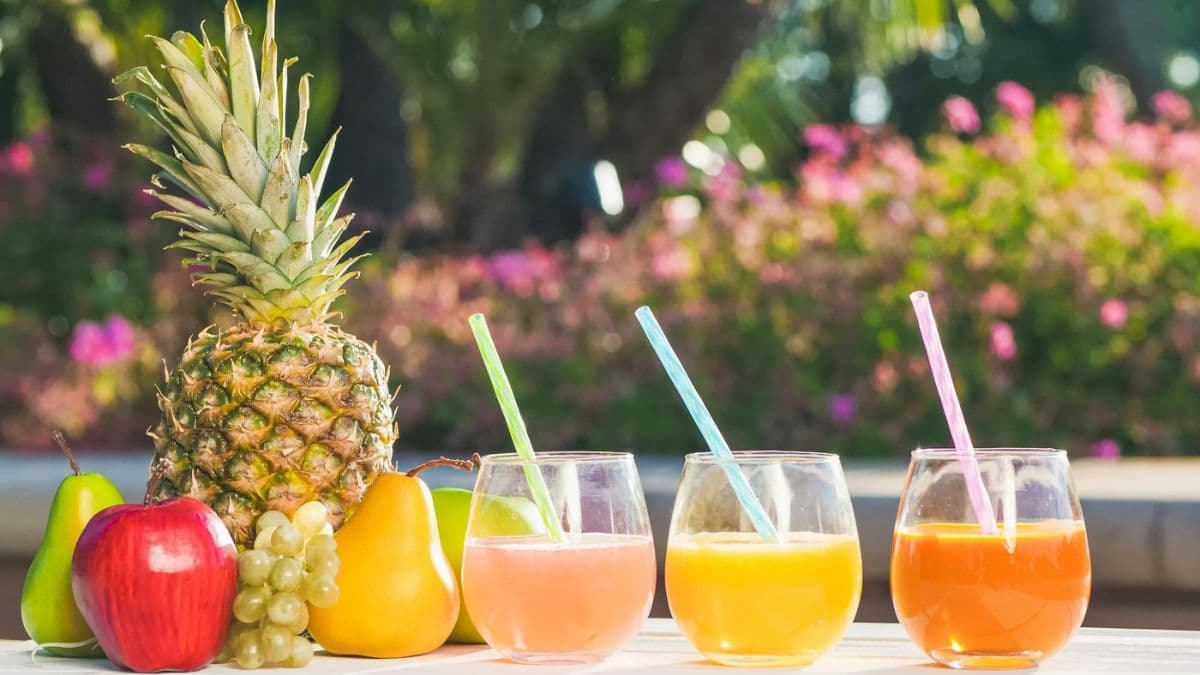
Pineapple Juice And Purees
Fresh pineapple chunks can be added to the blender to prepare pineapple juice that can then be added to cocktails like a classic piña colada or a pineapple rum punch. Fresh juice introduces pulpy, tangy and sour elements in blends, lending them multiple textural nuances. Pineapple pieces can also be boiled and blended to make a thick and smooth puree which can be used to concoct drinks that require just a hint of this tropical fruit.
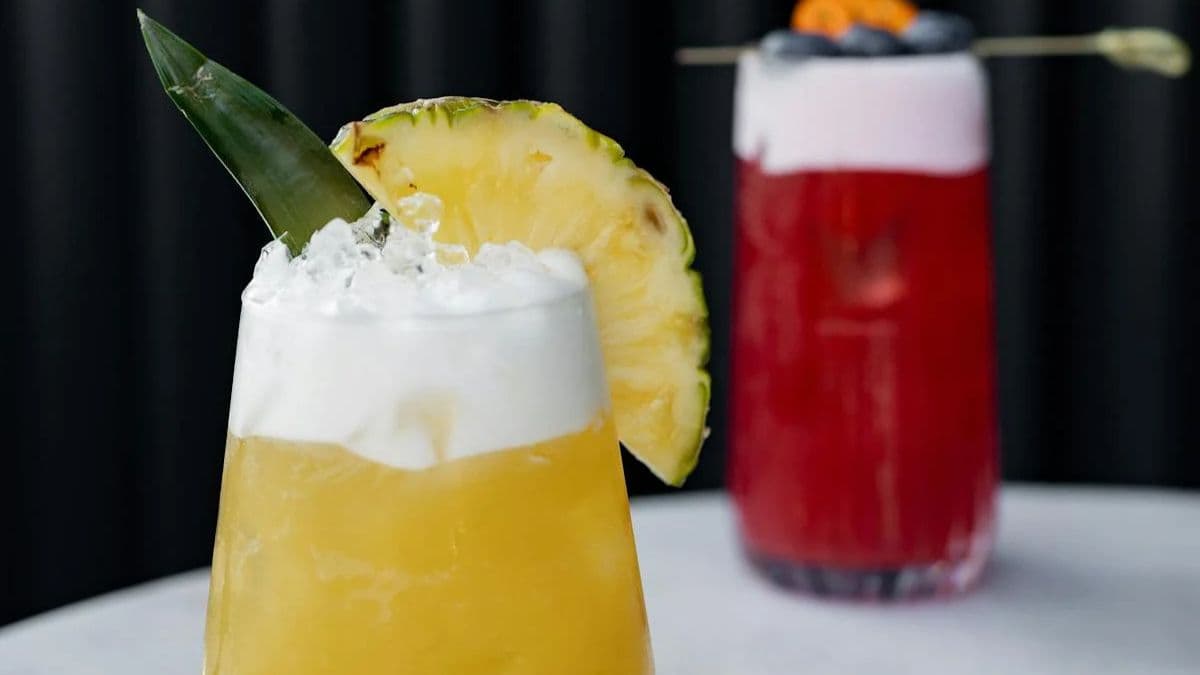
Pineapple Core Tepache
Preparing a tepache essentially means fermenting pineapple to craft a liqueur full of tropical notes. Generally, pineapple cores are used to prepare the tepache by fermenting them with sugar and different spices such as cinnamon or star anise. The flavours of the spices, the sweetness of sugar and the sour notes in pineapple cores integrate with one another to form a blend that is filled with flavour. Instead of discarding pineapple cores, they can be used to create such a flavourful tepache utilised for making several indigenous tropical drinks.
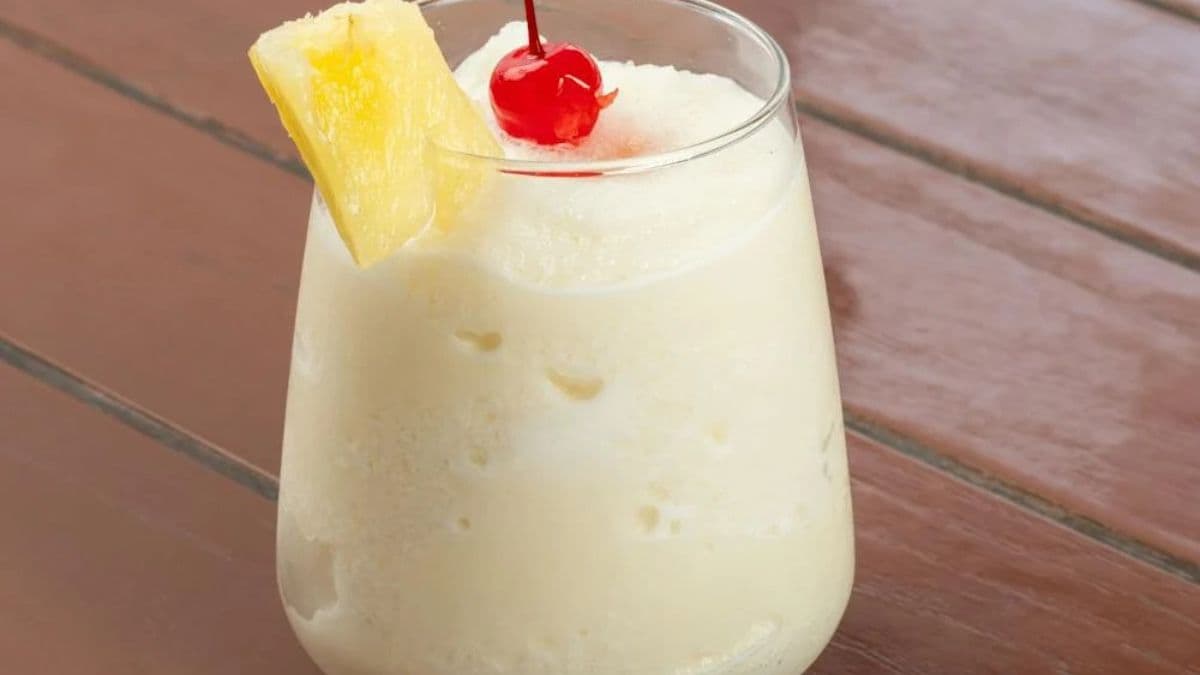
Pineapple Skin Stock
An interesting way to use pineapple skins which would otherwise make their way into the wastebasket is to boil them in hot water for preparing a sweet and sour pineapple stock. While skins are also used as garnishes, one of the more creative ways to incorporate them in mixology is to incorporate this skin stock which emits subtle hints of pineapple when added to a cocktail or mocktail blend. This stock can be chilled and used to prepare non-alcoholic spritzers or fizzy drinks too, containing accents of the fruit’s aromas and flavours.
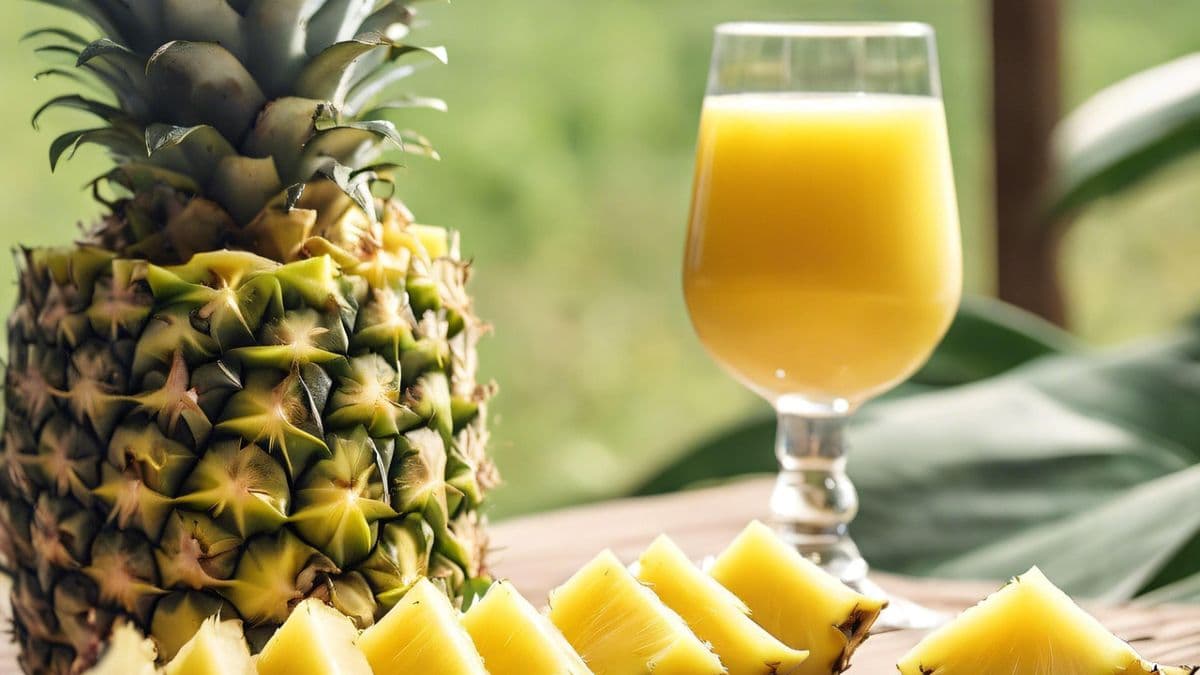
Pineapple Leaf Garnishes
Pineapples have long, spiky leaves which carry an aesthetic touch. They can be utilised as garnishes or embellishments atop tropical cocktails, particularly served at a tiki-themed or island-themed gathering. Pineapple leaves can be propped up on drinks served in coconut shells for such a tiki effect. They can also be coated in simple syrup to infuse a more sweet and sticky layer into cocktail or mocktail garnishes.
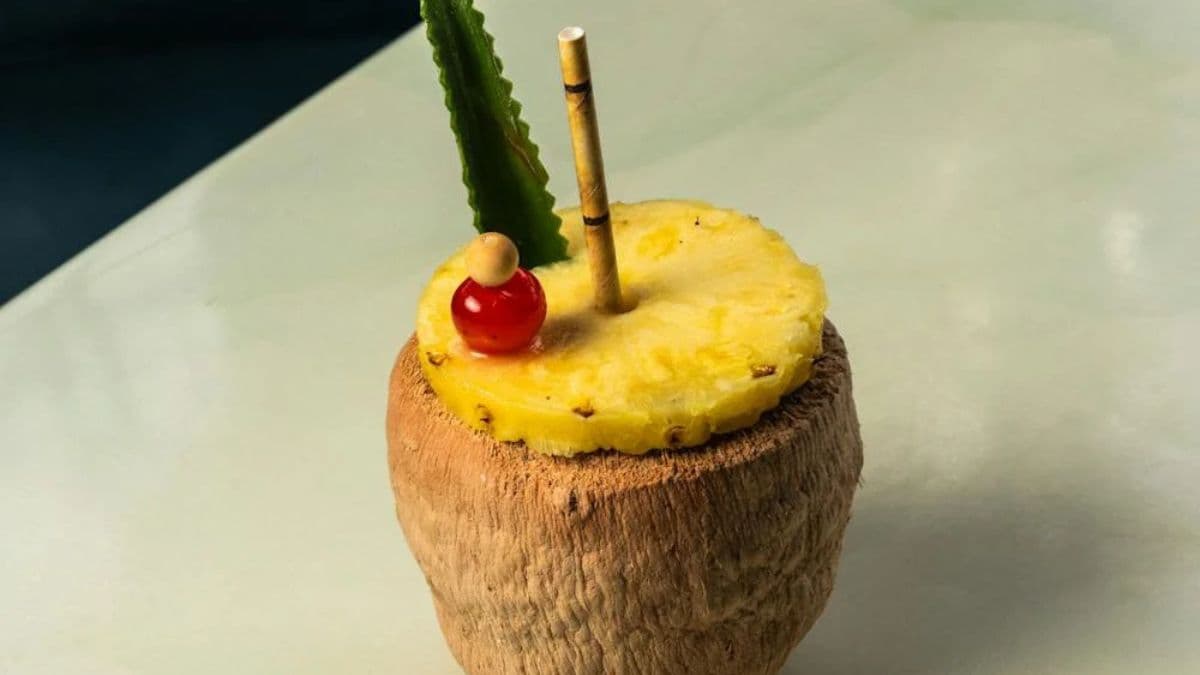
Dehydrated Pineapple Leftovers
Generally when pineapple is juiced or pureed, whatever is leftover – including peels, skins and even some errant pineapple chunks – finds its way into the waste bin. Instead, these parts of the fruit can be dehydrated and coated in simple syrup or a syrup infused with spices like cinnamon and cardamom to build more fruity flavours into them. These dehydrated candied pineapple leftovers can then be stored in airtight mason jars to be brought out as garnishes or embellishments that infuse the flavours of this tropical fruit in versatile blends.
Also Read: Muskmelon In Drinks: From Farm To Glass, Selecting The Best Varieties For Mixology
Drink Responsibly. This communication is for audiences above the age of 25.




